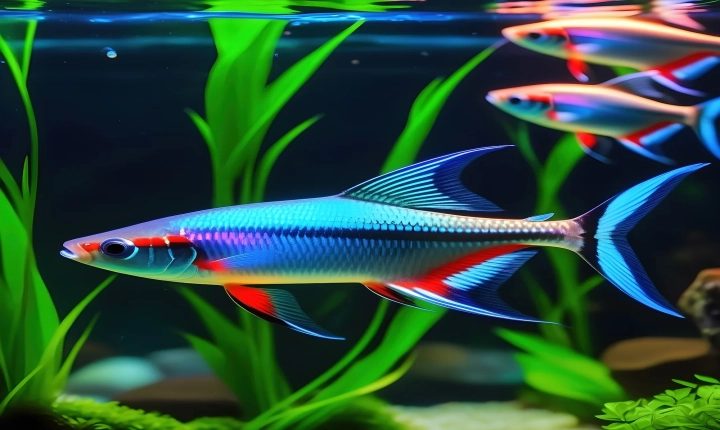Title: Exploring the Possibilities: Making Art with AI
Artificial intelligence (AI) has emerged as a powerful tool in the hands of artists, elevating the creative process to new heights. As AI continues to evolve, it has become a valuable medium through which artists can express their creativity and bring innovative concepts to life. From generating original pieces to augmenting traditional artwork, AI has opened a world of possibilities for artists across various disciplines.
One of the most intriguing applications of AI in art is generative art, where algorithms are used to produce new and unique pieces. Artists can train AI models to create original artworks by feeding them large datasets of images, paintings, or other visual content. This process allows AI to learn patterns, styles, and techniques, enabling it to generate new and imaginative pieces. Through generative art, artists can explore uncharted territories, experiment with unconventional concepts, and push the boundaries of traditional art forms.
AI can also be used to enhance traditional art forms, such as painting, photography, and sculpture. By leveraging machine learning algorithms, artists can analyze and interpret visual data to gain new insights and perspectives. For instance, AI-powered software can help identify patterns in a painting, generate color palettes, or even suggest creative compositions. Furthermore, AI can be used to create digital enhancements or manipulations to existing artwork, providing a new dimension to traditional art forms.
In addition to creating visual art, AI has also revolutionized the world of music composition and performance. Through machine learning techniques, AI can analyze vast amounts of musical data to generate original compositions, mimic the style of renowned composers, or even collaborate with musicians in real-time performances. The fusion of AI and music not only provides new opportunities for artists but also challenges traditional notions of creativity and authorship in the realm of music.
The integration of AI in art has sparked discussions about the role of technology in the creative process. While some may view AI as a threat to human creativity, others see it as a catalyst for artistic innovation. By collaborating with AI, artists can explore new techniques, experiment with unconventional mediums, and ultimately expand their creative horizons.
It is important to acknowledge that while AI can facilitate the creative process, it is still the artist’s vision and intent that ultimately shape the artwork. AI should be seen as a tool that augments and complements human creativity, rather than a replacement for it. Artists should also be mindful of the ethical and societal implications of AI in art, including issues of authorship, ownership, and cultural appropriation.
As AI continues to evolve, its impact on the art world will undoubtedly grow. Artists, technologists, and enthusiasts alike are invited to explore the vast potential of AI in art, seeking new ways to harness its capabilities and redefine the boundaries of creativity. The intersection of art and AI presents an exciting frontier, one that promises to inspire, challenge, and delight both creators and audiences around the world.
